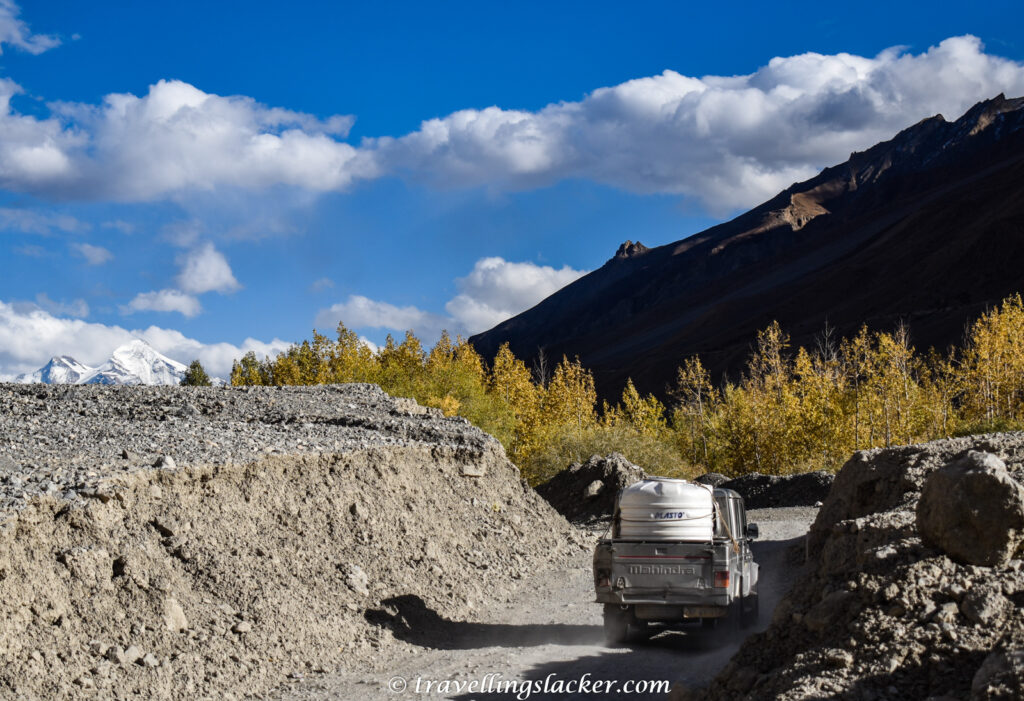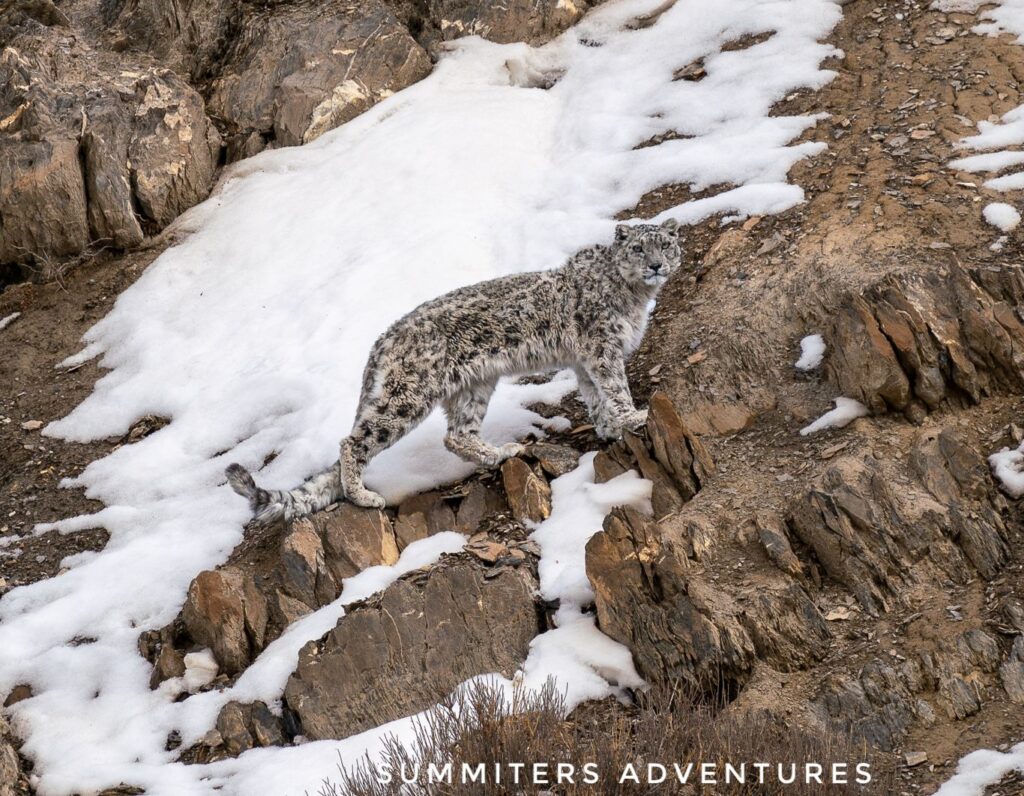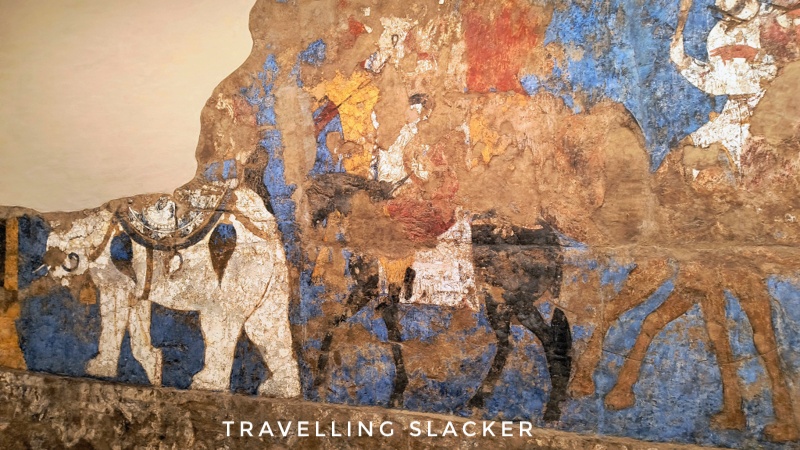So, the Spiti Valley has recently been recognized as a UNESCO Biosphere Reserve, officially becoming the Spiti Cold Desert Biosphere Reserve. This high-altitude landscape in Himachal Pradesh spans nearly 7,770 sq km across the Lahaul-Spiti district. However, do note that Lahal and Spiti are distinct regions, although they form the same district. I have discussed both in different posts over the years, but this one is focusing on Spiti.
This remote terrain, shaped by extreme climate and rugged mountain passes, features unique biodiversity, including rare fauna like the snow leopard, alpine lakes, and centuries-old monasteries. The biosphere reserve not only protects the region’s fragile ecosystem but also acknowledges the vital role of local communities—whose traditional agro-pastoral lifestyles have harmonized with these stark surroundings for generations—making Spiti a global model for responsible tourism and cultural preservation.
While I already have a backpacker’s guide on Spiti Valley, I am writing this one keeping its cold desert status in mind.
Understanding Spiti Cold Desert Biosphere Reserve
This region is called so because it is located in a high-altitude region, between 3000-5000 meters at most places. There are very few trees due to the altitude, and it is also a rain-shadow zone. The monsoon clouds are blocked by the high mountains, and so, this area remains dry, turning it into a cold desert. Naturally, it is a sparsely populated region.

Reaching Spiti
Reaching Spiti has become easier of late with improved road conditions, although it’s still a thrilling journey along the deep slopes of the Sutlej and Spiti Rivers. You can get regular buses from Shimla or Manali, depending on which side you are approaching from. Read my detailed post of Spiti Valley Bus Timings. You can also hire cabs or bikes.
Stays in Spiti
Nowadays, every town and village has homestays and hotels for tourists. Backpacker hostels are available too in Kaza. There is no need to book usually. You can just reach the place and enquire.
Main Attractions
Almost every major village and monastery here is an attraction.

Villages
- Kibber: Known as one of the highest motorable villages in the world, surrounded by breathtaking Himalayan scenery.
- Komic: Famous for being one of the highest villages in Asia with road connectivity and home to the charming Komic Monastery.
- Langza: Renowned for its ancient fossils, picturesque setting, and a large Buddha statue overlooking the village.
- Hikkim: Features the world’s highest post office, set amid remote mountain landscapes.
- Demul: A scenic and sustainable eco-village known for homestays and warm hospitality.
- Lhalung: A pretty high-altitude village, home to the ancient Lhalung Monastery and distinct color-changing mountains.
- Chicham: One of the remotest villages, famous for its dramatic ropeway and spectacular views.
- Gue: Home to a mysterious 500-year-old mummified monk, a unique spiritual and historical site.
- Mud: The last motorable village in Pin Valley National Park, gateway for adventurous treks.
Monasteries
- Key (Kye/Ki) Monastery: The largest and most iconic monastery in Spiti, offering panoramic mountain vistas.
- Tabo Monastery: More than a thousand years old, Tabo is famed for its ancient paintings and status as a UNESCO World Heritage Site contender.
- Dhankar Monastery: Situated on a dramatic cliff, it offers historic charm and sweeping valley views.
- Kungri Monastery: The spiritual center of Pin Valley, noted for its tantric rituals and historic significance.
- Lhalung Monastery: Among the oldest in Spiti, revered for its spiritual ambiance and intricate art.
- Sakya Tangyud Monastery: Known for its fortress-like architecture on the edge of Kaza town, important in the region’s Buddhist heritage.
Connectivity in the Spiti Cold Desert Region
Nowadays, connectivity has vastly improved in the region. Until a few years ago, the phone network used to disappear the moment you entered the Spiti Valley. However, those times are gone now, and any Indian SIM card will give you good call and data connectivity in the valley, although the remote villages can still have problems.
Seasons in Spiti

All the seasons have distinct views and colours in Spiti. With improved road conditions, one can visit it throughout the year. Summers are delightful because days are pleasantly warm, and you can roam around everywhere with abandon. The autumn brings cooler temperatures but vibrant fall colours of bright yellow and orange foliage. The winters, as expected, are covered in snow, but this is also the best time for spotting wildlife as they come down to lower areas in search of food.
WIldlife Explorations
Key species protected within the new Spiti Cold Desert UNESCO Biosphere Reserve include the snow leopard (the flagship species), Himalayan ibex, Tibetan wolf, Tibetan antelope, Himalayan brown bear, Himalayan griffon, red fox, Himalayan blue sheep, and bearded vulture. The reserve also safeguards more than 119 bird species—including golden eagle and Himalayan snowcock—alongside rare plants like willow-leaved sea-buckthorn and Himalayan birch, all thriving in this high-altitude cold desert ecosystem.

A snow leopard tour in the Spiti and Ladakh regions is considered a once-in-a-lifetime adventure for wildlife enthusiasts, photographers, and nature lovers. The experience centers around encountering the elusive snow leopard, a vulnerable and near-mythical predator that roams the inaccessible high Himalayas. Winter is the best season for sightings, as heavy snow drives these leopards to lower elevations near villages, where they hunt for prey and may even target domestic animals. Alongside snow leopards, participants can spot a stunning array of high-altitude fauna, including Bharal (Blue Sheep), Stone Marten, Mountain Weasel, Tibetan Argali, Eurasian Lynx, and birds such as the Lammergeier, Golden Eagle, Himalayan Snowcock, Tibetan Snowfinch, and Eurasian Eagle Owl.
The tour itself is a rigorous journey marked by extreme conditions—temperatures often plummet between -9 and -26°C. The harsh winter landscape closes most roads and local businesses, leaving only a handful of homestays operational with basic amenities. Sightings require spending multiple days hiking and camping in the cold, using expert local guides who understand animal behaviour and terrain. Adventurers must be adequately equipped with cold-weather gear and also work on physical fitness before embarking on such a tour.






